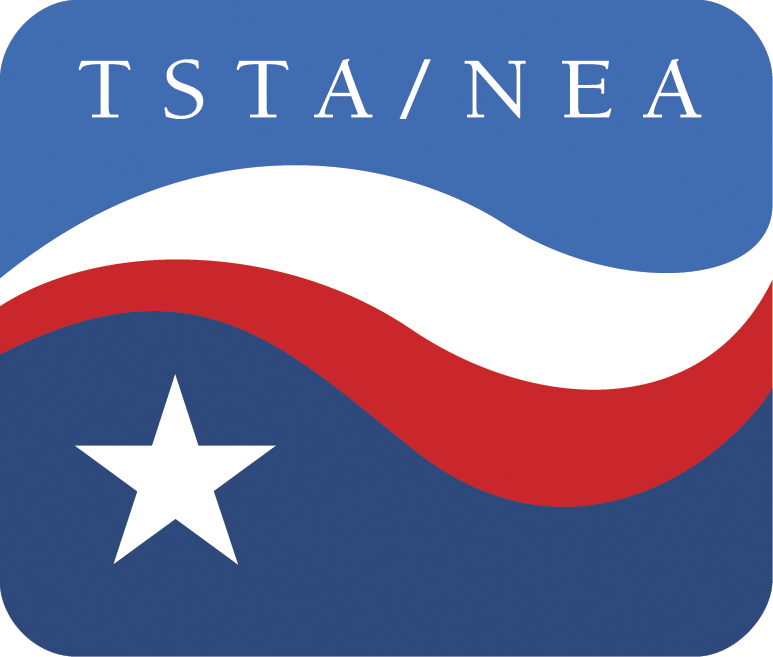Teachers and retired educators could use part of that $15 billion
Fifteen billion dollars. Most of us will never see anything close to that much money in our lifetimes, but it happens to be the record balance that the state comptroller has forecast for the state of Texas’ savings account, more commonly called the Rainy Day Fund.
It’s a nice big nest egg of taxpayer money that the Legislature reserves for emergencies and state leaders are reluctant to spend. But you don’t have to look far to find an emergency in Texas, and the House Democratic Caucus has correctly concluded that there is an emergency – many emergencies, actually — in funding for public education.
The caucus has proposed taking $180 million from the savings account to give every school teacher a $500 check for classroom supplies, so they don’t have to keep digging so deeply into their own pockets to subsidize their budget-strapped school districts. Most teachers, who are under-paid and dealing with rising health care costs, will tell you that is an emergency.
The Democratic lawmakers also have proposed taking a larger amount — $1.57 billion – of Rainy Day money to stabilize the Teacher Retirement System pension fund so that retired educators may be able to get a Cost of Living Adjustment (COLA), which most retirees haven’t seen in 15 years. Most retirees will tell you that is an emergency, a personal financial emergency for individuals who don’t get Social Security, whose health care costs also are rising and whose average monthly pension payment is only $2,060.
The caucus also wants to use “extra money” in the Rainy Day Fund to create a special account that can be invested in the Teacher Retirement System. That would still leave billions of dollars in the state’s piggy bank.
True, Texas has a lot of other emergencies, some the result of natural disasters, such as hurricanes, and others the result of political disasters, such as years of legislative neglect of education, health care, transportation and other important public services.
Teachers and retired educators have a valid claim to make for emergency assistance from the Rainy Day Fund or from the state’s general revenue stream. The state has an obligation to provide financial assistance from one source or the other, and a fifteen-billion-dollar mountain of money is a good place to spark a discussion.
I don’t think most taxpayers want to see that much money just sitting there. It may not make us feel rich, but it’s our money. So let’s use some of it to help out people who really need it.

0 Comments